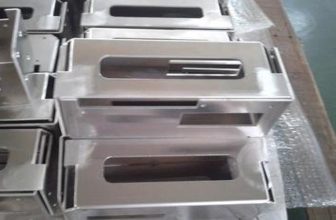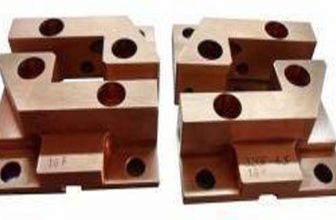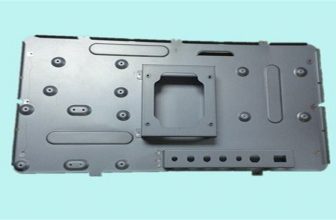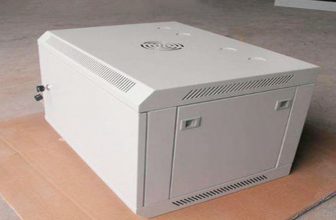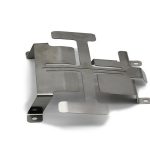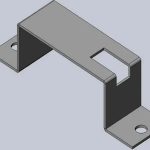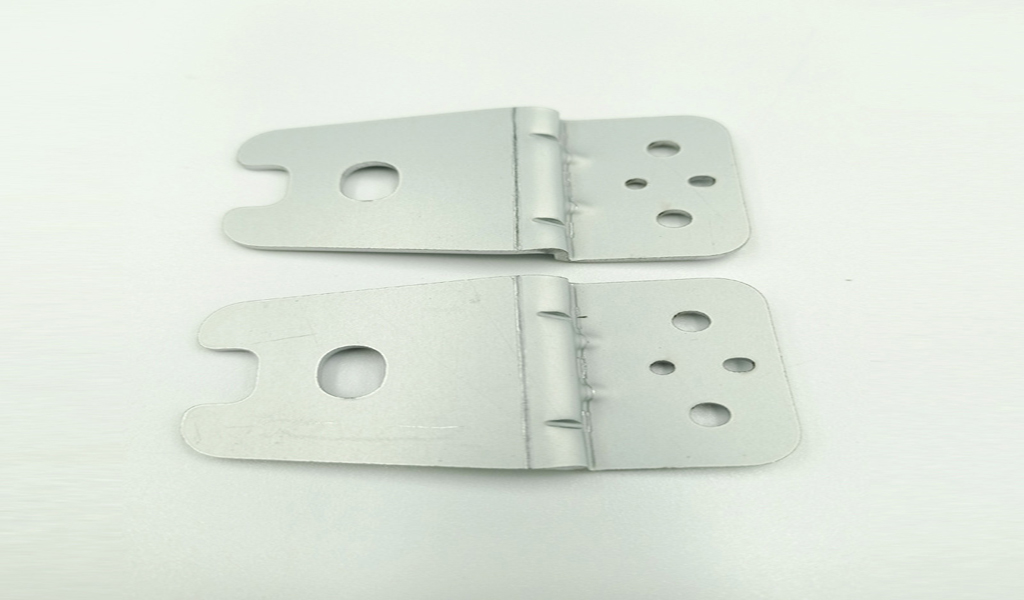
At present, there have been geometric modeling methods proposed for the characteristics of sheet metal parts, mainly including the geometric modeling of 2D sheet metal parts and the geometric modeling of 3D automotive sheet metal parts. The former includes coding method, surface element stitching method and interactive size input method, etc.; the latter has methods such as bending transformation stitching method and voxel stitching method. The common disadvantage of all the above modeling methods is that when the definition is wrong, the modification is very troublesome and may even require re-typing. The established part model does not contain complete information, especially the information about engineering semantics is lacking. When the part is complex, the modeling process is also very cumbersome.
Through the above analysis of the characteristics of auto parts and the requirements of the part model, as well as the introduction of several existing geometric modeling methods of sheet metal parts, it can be seen that it is necessary to establish a CAM that not only reflects the characteristics of sheet metal parts but also meets the requirements of CAD stewed CAM. For the sheet metal part model required by the system, it is an effective method to use feature modeling technology. In addition to providing a complete information model of sheet metal parts, it can also better solve the problems existing in some existing geometric modeling methods. At present, some commercial modeling systems, such as Pro/Engineering, Eu-clid, etc., all use feature modeling methods to establish models to express parts.
A feature is a collection of product description information, which not only has a specific shape composed of a certain topological relationship, but also reflects a specific engineering semantics, which is suitable for use in design, analysis and manufacturing. Feature is the key to realize CAD/CAPP/CAM integration. Features can be divided into: shape features, precision features, material features, etc. Among them, shape features are the key, the carrier or matrix of other features, and the core of parametric feature modeling, which can be defined as a geometric shape with certain engineering significance or entity. The structure and shape of a part is one of the main contents of product definition. How to describe the structure and shape of a product with shape features and their interrelationships is the primary problem of feature modeling. Each sheet metal part can be decomposed into one or more parts. Multiple shape features, obviously, from the point of view of feature configuration, sheet metal parts are composed of a series of features, and the interconnection between them constitutes a complete part. According to the characteristics of sheet metal parts, the following characteristics can be summarized:
- (1) The plane feature constitutes the plane shape of the part, which is the basic part of the part, the part that connects and bends, and is also the parent of local forming and punching. The geometry of a planar feature is represented by a chain loop of graphic elements (lines, arcs, etc.).
- (2) Bending feature It is the shape produced by the bending process. Here, a simple bending feature is taken as an example, that is, the bending area represented by a cylindrical surface. A bending feature is represented by the geometric elements and bending properties that make up the feature.
- (3) Hole feature It is attached to other features as a general sub-feature, such as punching holes on flat or curved features. The data structure of a hole is basically the same as that of a plane feature.
- (4) Local forming feature The shape produced on the stamped part by the local forming process. Usually it has a fixed shape and different sizes, so it can be expressed with parameters.
- (5) User-defined features Due to the wide variety of sheet metal parts, some new features are often used, so it is necessary for the feature modeling system to provide users with customized means.
The status quo feature is not only the abstraction of low-level design information, but also the carrier of other non-geometric feature information, so it is an important part of the product information model. Currently, there is no widely accepted definition of characteristics and how to describe them. Human-assisted feature recognition is to hand over the task of feature recognition and mapping to humans, and the degree of automation is low; the automatic feature recognition algorithm is complex, and so far it is only effective for the recognition of simple shapes. A more logical approach would be to enable designers to model and store information about shapes, rather than identifying shape features after the fact.
The description of shape features is divided into three layers. The top layer is the feature relationship tree, which describes how the overall shape of the product is composed of various feature elements. The relationship between features is expressed by connections. For example, the adjacency relationship reflects the connection relationship between features, and the parent-child relationship reflects the subordination relationship of features. The feature relationship tree decomposes objects into low-level elements, and displays the relationship and interaction between expressive features. This decomposition adds a certain degree of intelligence to the product model and provides users with a high-level environment that conforms to people’s thinking. The second layer is the definition of each shape feature, including engineering keywords and related parameters. The parameter table of each basic feature describes the attribute parameters of each feature element. For example, the characteristic parameters of the bending angle are the bending angle and radius, which is a hidden It is a method of expressing data entities, which organizes shape information into data structures parametrically rather than geometrically. Relatively speaking, implicit expressions are easier to be controlled and utilized by application operations. The third layer is a simplified symmetrical boundary diagram, which describes the surfaces, edges, points and their interrelationships that make up an object. The existence of surfaces provides a basis for the description of precision features, and in applications such as computer graphics, the topology and geometry of products are also required. data.
Because the modeling of shape features has both high-level shape feature information and low-level geometric element information generated by decomposing shape features. Therefore, the shape information on which the precision features and material features are expressed is complete, and the description frames of the precision features and material features can be separated, and then the pointers can be linked with the shape features to form a network.
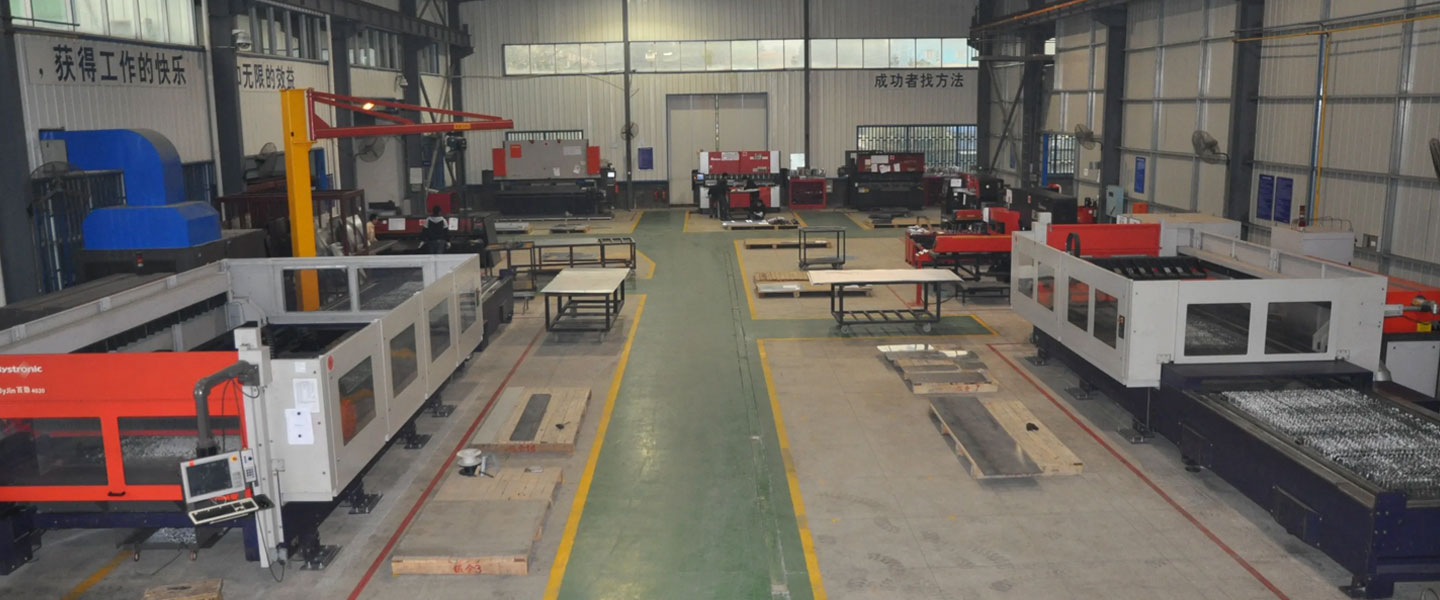
Pintejin Sheet Metal shop offers a cost-effective solution for a wide range of industries with our custom metal stamping and custom sheet metal fabrication capabilities. Our stampnig operations include a variety of sheet-metal forming manufacturing processes, such as punching, blanking, embossing, bending, flanging, and coining. Our professional, experienced and well-trained engineers can execute the complex metal stamping operations with precision and accuracy.
No matter what your metal fabrication needs are, Pintejin can offer the right solution: from single sheet metal part or sub-assembly of stamped metal parts to turnkey solutions for mechanical and electrical assemblies. We have the technology, equipment and the experience to fabricate customised metal products from aluminium sheet metal fabrication, steel, zinc plated steel, stainless steel sheet metal fabrication, brass and copper. Designs that require CNC machining of surfaces or components can be accommodated. We can supply polished, galvanized, zinc coated or powder coated finishes for any sheet metal work or stamped metal components. Coupled with our accurate and reliable metal fabricating equipment, we guarantee precision and repeatability in custom sheet metal work. You’ll be taking advantage of the best sheet metal fabrication china can produce.



